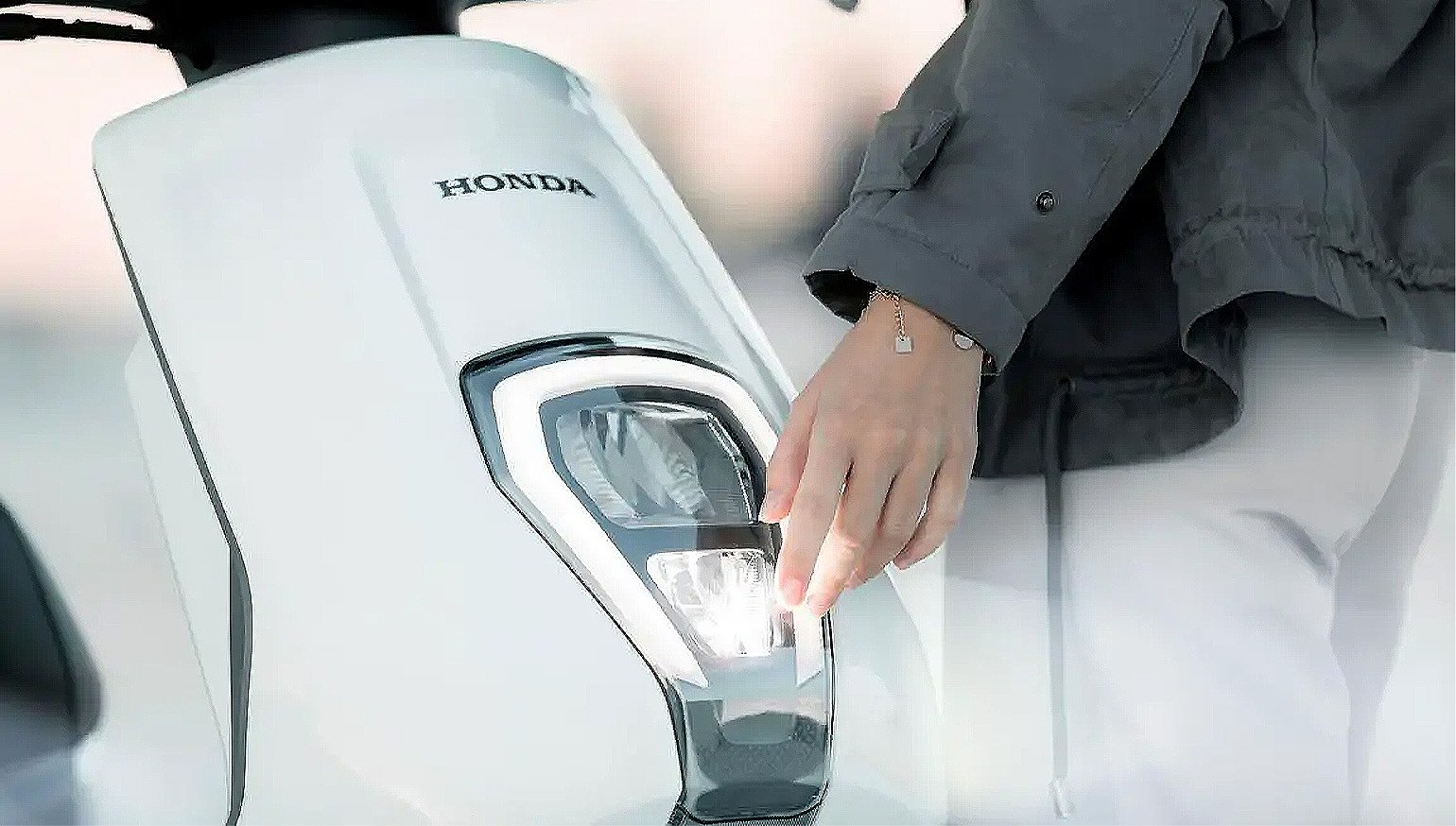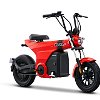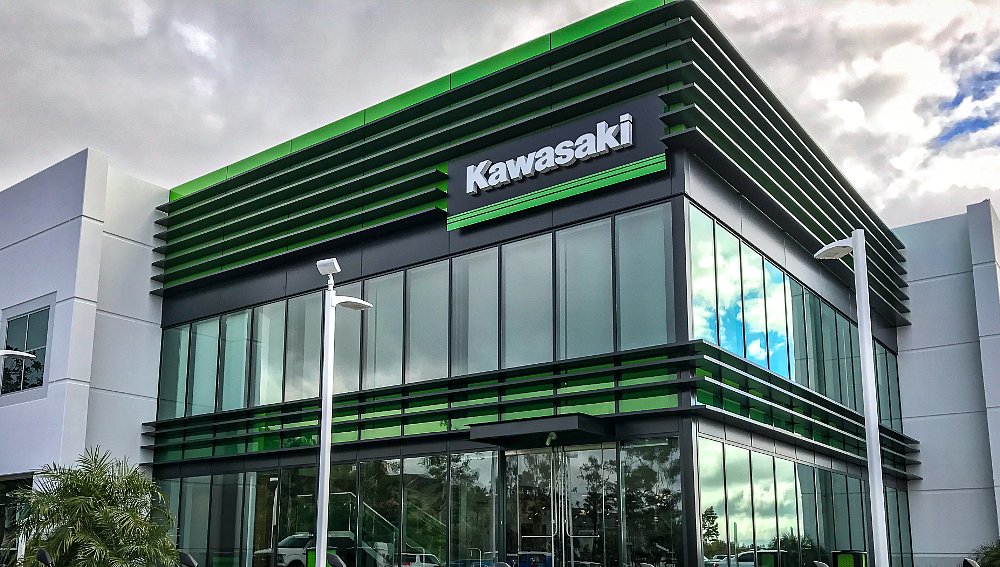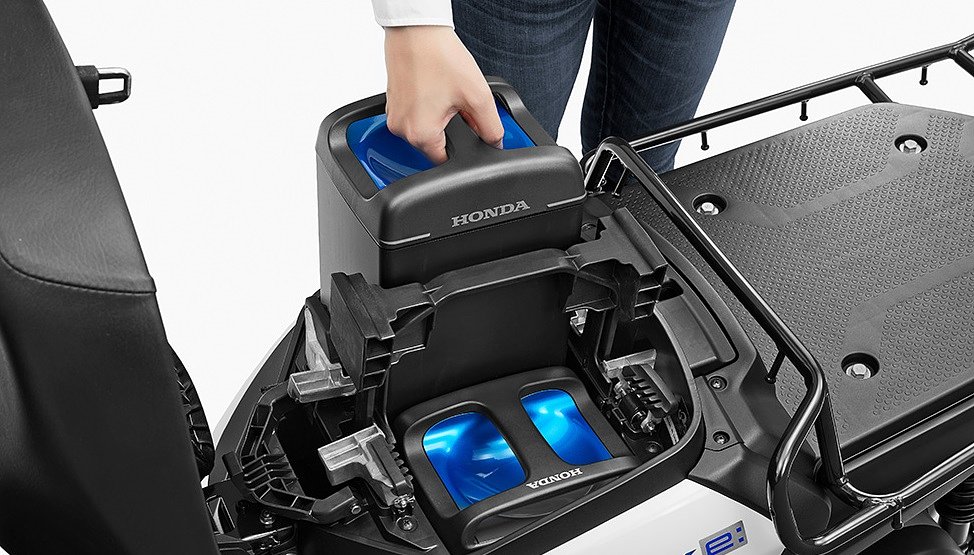Last September, Honda presented its long-term electrification plans. By the numbers, Big Red set out to introduce 10 (or more) electric models by 2025 and sell 3.5 million e-powered units annually by 2030. We have yet to see a Honda-badged electric two-wheeler on U.S. soil. Yet, the Japanese manufacturer recently rolled out even more aggressive goals for its electric range.
Honda now aims to launch 30 new electric models by 2030. It also expects annual sales of electrics to reach four million units in 2030, a 500,000-unit increase over previous estimates. Those ambitious projections may seem impossible from this side of the Pacific, but the company’s electric business is alive and well in other markets.
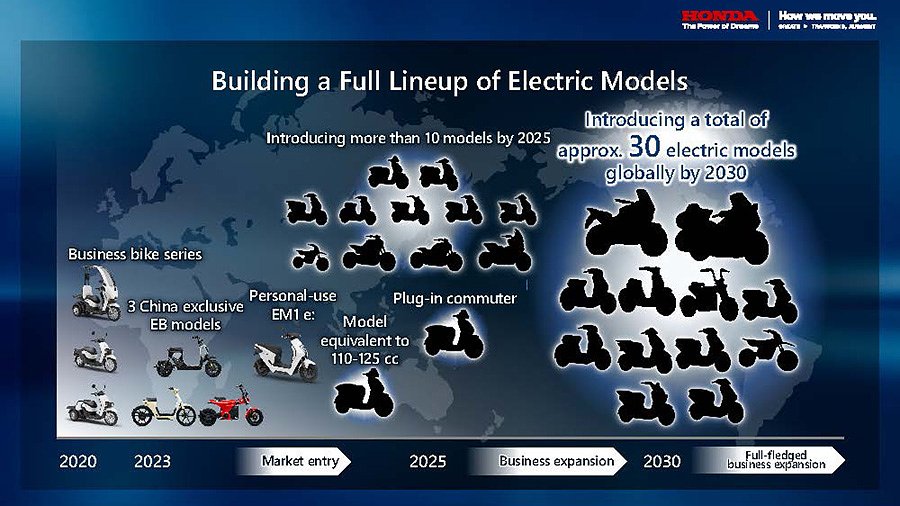
This year alone, Honda released the Cub e, Dax e, and Zoomer as electric mopeds in China. Its EM1e electric scooter — featuring swappable battery technology — also debuted in Japan and Europe. In 2024, the firm intends to unveil a production e-scooter based on the SC e: Concept recently exhibited at the 2023 Japan Mobility Show. Team Red will also reveal its North America-bound FUN EV platform by 2025.

In order to hit its production and sales targets, Honda is currently investing 100 billion yen (approximately $680 million U.S.) in electrification efforts through 2025. The brand will infuse even more capital into the project between 2026 and 2030, with funding quadrupling to 400 billion yen (approximately $2.7 billion). That equates to more than $3.4 billion over the span of 10 years.
A portion of those funds will help Honda build new factories dedicated to manufacturing electric models. The company estimates that each plant will produce one million units annually and cost 50 billion yen (about $340 million) to build. When the first facilities open in 2027, Honda reports that new technologies and modular designs/manufacturing will help shrink assembly lines by 40%.
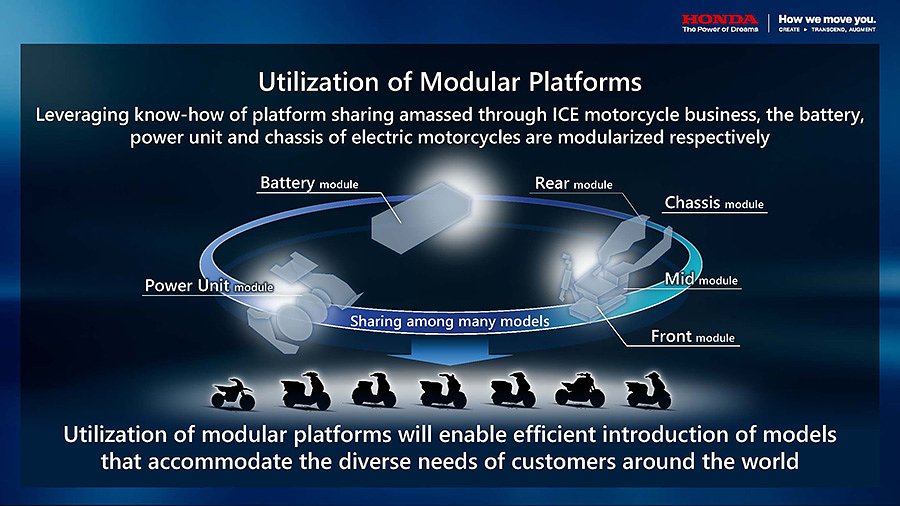
The brand claims it will pass those savings onto the customer as early as 2030. By optimizing battery cells, adopting plug-in models, streamlining processes, and modularizing the range, Honda hopes to cut the price tags of current electric models (powered by swappable batteries) by 50%. That’s a tall order for any manufacturer, especially considering the emerging technologies at play.
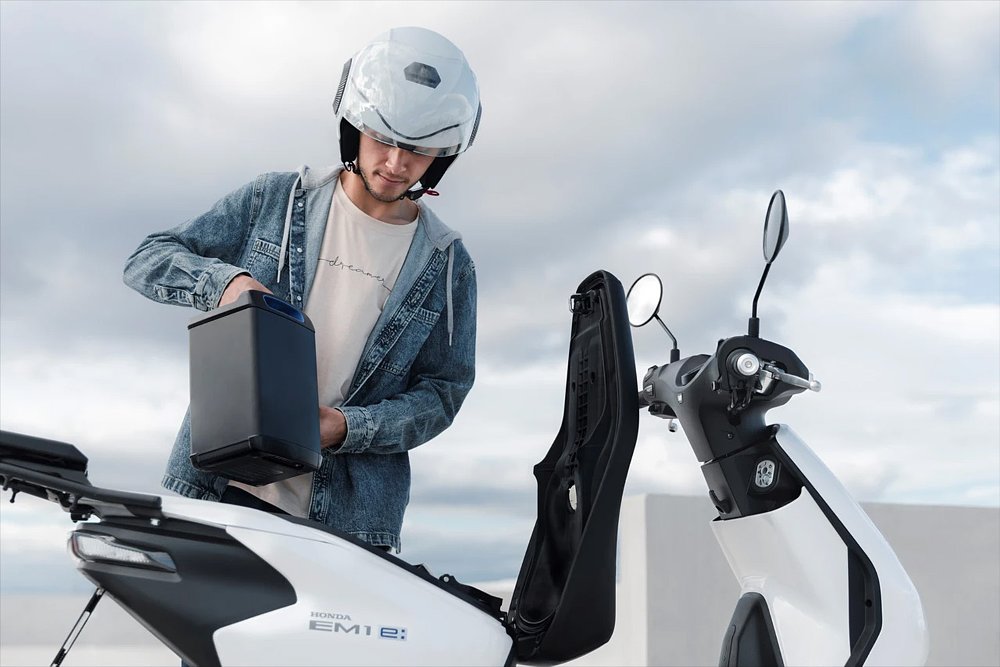
As Honda’s current lineup suggests, much of its electric range will serve international markets. Several models are slated to arrive in the United States, but due to a combination of infrastructure, geography, and consumer sentiment, North America is far from an electric-friendly environment (at least on two wheels).
Even so, Honda believes its electric offerings are primed to change the motorcycling landscape. So much so that the brand estimates its electric motorcycle business to account for 10% of its operating profit margin from 2031 onwards. It may be early days for Big Red’s electrification venture, but the OEM sure isn’t short on confidence.




